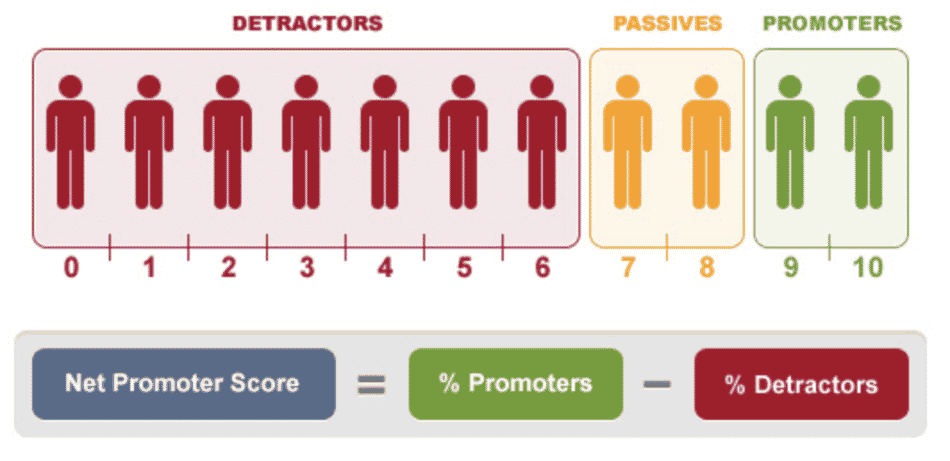Table of Contents
New Candidate Experience During The Pandemic
Talent acquisition, more specifically finding the right skills and candidates to fit your organization’s needs and culture is always going to be a challenge, regardless of the times. Where do you find them? How do you connect?
In these times of uncertainty, attracting star talent away from their current employer is even more problematic. Consider the experience of employees who were in the fortunate position of being able to work from home. Or who were retained and paid regardless of lockdown slowdowns. Why would or should they consider leaving the security of an organization that stood by them?
WorkTango employee survey data collected since the beginning of the pandemic tells us that people working for organizations that responded quickly are more engaged than ever. This is due to many reasons, such as:
- Organizations pulsing their employees and understanding sentiment and needs.
- The flexibility of remote work.
- The unprecedented levels of transparent communication from organizations.
The flexibility and communication aspects of recruiting and onboarding apply now more than ever to the candidate experience. With everyone embracing digital HR activities, the time is ripe to implement an end-to-end virtual employee experience. As such, we’ll go over examples of two very important activities in HR, namely talent acquisition and employee onboarding. After that, we’ll dig into 12 tips on how to master these two activities in the current climate.
Virtual Job Tryouts for Talent Acquisition
After digging deep to understand what candidates like and don’t like and what they value about the experience, Procter and Gamble revamped its multi-step hiring process. Originally, applicants had been expected to jump through a pre-screening hoop and then two online assessments before their resume would even be reviewed by a recruiter for consideration. If they hurdled those barriers, they’d be invited to an in-person, on-site cognitive ability test. And that was just the start.
The new approach, one that segues nicely into today’s physically distanced world, is akin to a virtual day in the life of a P&G employee. After submitting a resume and answering a few questions to appropriately direct the experience, candidates are asked to prioritize different competing alternatives, and receive emails with challenging interpersonal situations to which they must respond. They’re presented with data similar to that used for the role in question and asked to make decisions based on this information.
According to Dr. Da Bologna, manager of global selection at P&G, the difference in candidate experience was night and day. The online-only format has proven to be a significant time-saver with ‘time-to-hire’ cut by two months. “We don’t care about where you come from. Instead, we’re saying, here’s the job, do it in this simulation and let’s see how you do.” In a burgeoning remote work world that transcends time or place, that makes sound business sense.
Virtual Relations All Throughout Employee Onboarding
Today’s candidates are trying to figure out if an organization is right for them. The talent acquisition experience needs to convey a clear, persuasive value proposition right from the outset and continue throughout the candidate journey.
Shopify appears to have taken up the torch. CEO Tobi Lutke announced last year that it will operate as a “digital by default” company and that Shopify will keep its offices closed until 2021.
So far it has lived up to that promise, as their career page reflects the reality of remote onboarding. It assures any applicant that the onboarding is a three-day remote experience. It promises more collaboration tools geared towards a remote working experience. To signal the shift towards online onboarding, it assures that the employee will be onboarded from “wherever they are”. To embrace the work-from-home reality, it accepts that kids, pets or other people may pop into the view during e-conferences.
Of course, you don’t get to onboarding without acquiring talent first. So it’s important to paint the right picture for any candidate from the get-go, where they are comfortable knowing that they will have the freedom of a full virtual working experience, that digitizes all training sessions, workshops and orientations that are usually associated with onboarding.

Virtual Talent Acquisition and Onboarding Tips
While no plan is ever truly perfect, there are steps we can take to turn our virtual talent acquisition and onboarding practices into an exceptional candidate experience. As the old adage goes: if you fail to plan, plan to fail. Here are 12 areas to work on from top professional recruiting agencies:
- Shift your mindset and recalibrate your approach. Think of acquisition as digital-first. Think about workflows from a candidate’s perspective as well as your own. Think about how to emote what it means to work in your organization, how to express the values and cultures in a virtually compelling way.
- Work to put the right technologies and practices in place. Whether it’s Skype, Zoom, or a more HR-specific platform, make sure you can run all phases of your hiring practice remotely.
- Create opportunities for prospective and new hires to connect with the rest of the organization. Set up video chats between the individual and their (prospective) team members.
- Mail out hardware (like company laptops, a wireless mouse, etc.) and confirm that all technology is in working order well before the first week. This is also a great opportunity to send out “Welcome to the Team” company swag.
- Add new team members to all relevant technology tools. Ensure that video chat technology is in tip-top working order. An IT support session is often the best second meeting to schedule, following a warm welcome. Communicate which channels should be used for team communication and which can be used for all other interactions (memes, water cooler chat, news stories). Make sure your new hire knows who to turn to if they need technology troubleshooting at short notice.
- Since video is such an important communications vehicle, share some best practices.Clothing: Don’t wear all black or all white. Even though black is slimming, the camera will boost contrast. White is a bad choice because it can be too visually overwhelming and “blind” the viewer.Camera distance: Step back. The closer you are, the more distorted your appearance.Positioning: Stack a bunch of books under your laptop and face directly into your camera so that you’re eye-to-eye with the viewer.
- To extend the welcome to new hires on their first day, set up a video conference call to introduce the team. Have a buddy system or assign a mentor to each new recruit. Since they won’t have the luxury of face-to-face interactions, the more frequent video meetings the better to ensure new employees feel connected.
- Part of the typical onboarding process is meeting executive leadership. Instead of a drab talking head information Q&A session, think about a “Lunch with Leaders” virtual gathering. Depending on the number of new recruits in your group, consider sending lunches through a delivery service. Enjoying a meal during a group video chat can be uplifting, inclusive and create a great corporate culture vibe.
- Set up recurring one-on-ones with clear agenda items and questions to establish communications best practices upfront.

talent acquisition – eNPS - At the beginning of larger meetings ask everyone to do a short check-in, to share what they’re planning to do that day.
- Schedule virtual lunches, coffee breaks, or social hours where talk of work is not cool; take turns planning icebreakers like pet pal show and tell.
- Ask new team members for a tour of their remote workspace. Environment and ergonomics are critical to performance and well-being, and many will need support in how to best set up their home workspace. Offering what you can to make new employees comfortable will help boost a sense of connection, productivity, and engagement.
Following Acquisition and Onboarding
Since digital work is the new virtual reality for so many, organizations are wise to seize every chance to understand it better. Give new hires the opportunity to provide feedback anonymously. At the end of the onboarding process, be sure to ask what can be improved. Follow up with more questions at 30, 60, 90, and 120 days into the job.
It’s important throughout the employee lifecycle to measure the perception of your HR practices from your existing employees. This can be done by issuing onboarding surveys, checkpoint surveys, recruitment surveys (even to those you don’t hire), and employee exit surveys.
Perhaps above all else, how you handle the candidate experience can make or break your employer brand. Especially now that virtual talent acquisition and onboarding have taken a firm foothold and appear to be here to stay. When asked if they’d recommend their employer to others, the response of employees isn’t just a key satisfaction measurement, it’s a window into your organization’s reputation as an employer.
Thus, it’s equally important to understand how the internal brand translates externally. This can be done by checking online review sites like Glassdoor and other social networking forums; and also by conducting brand perception surveys about your HR department.
By doing the above, you can retain the best talent by providing the best experience possible, but also set up a system that will allow you to hire more such talent in the future. This will happen not only as a merit of your talent acquisition and onboarding practices but also because of the public perception you create.




